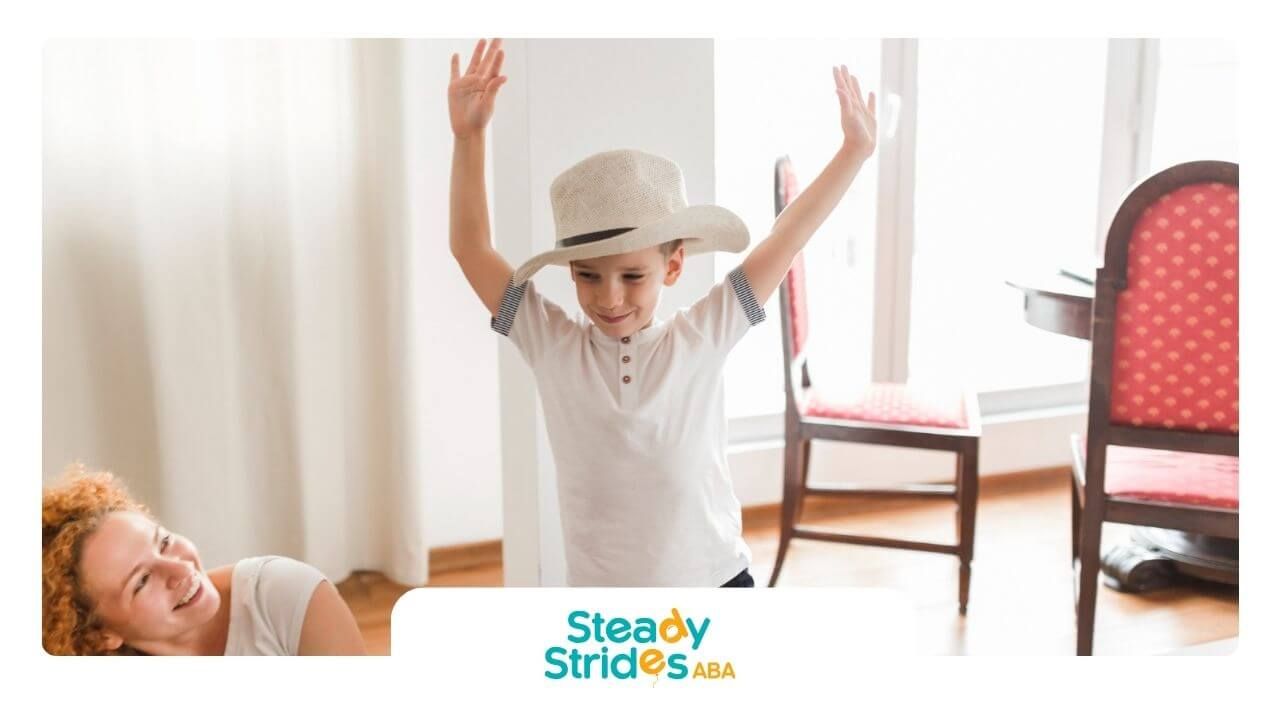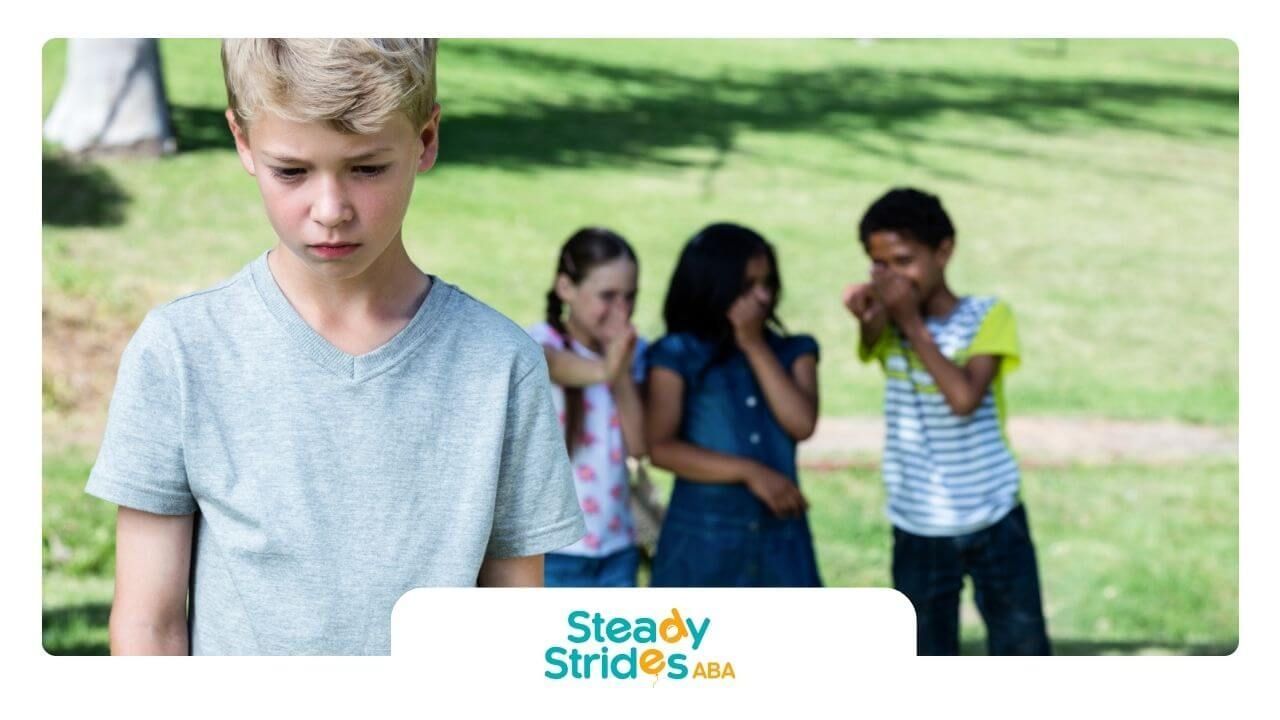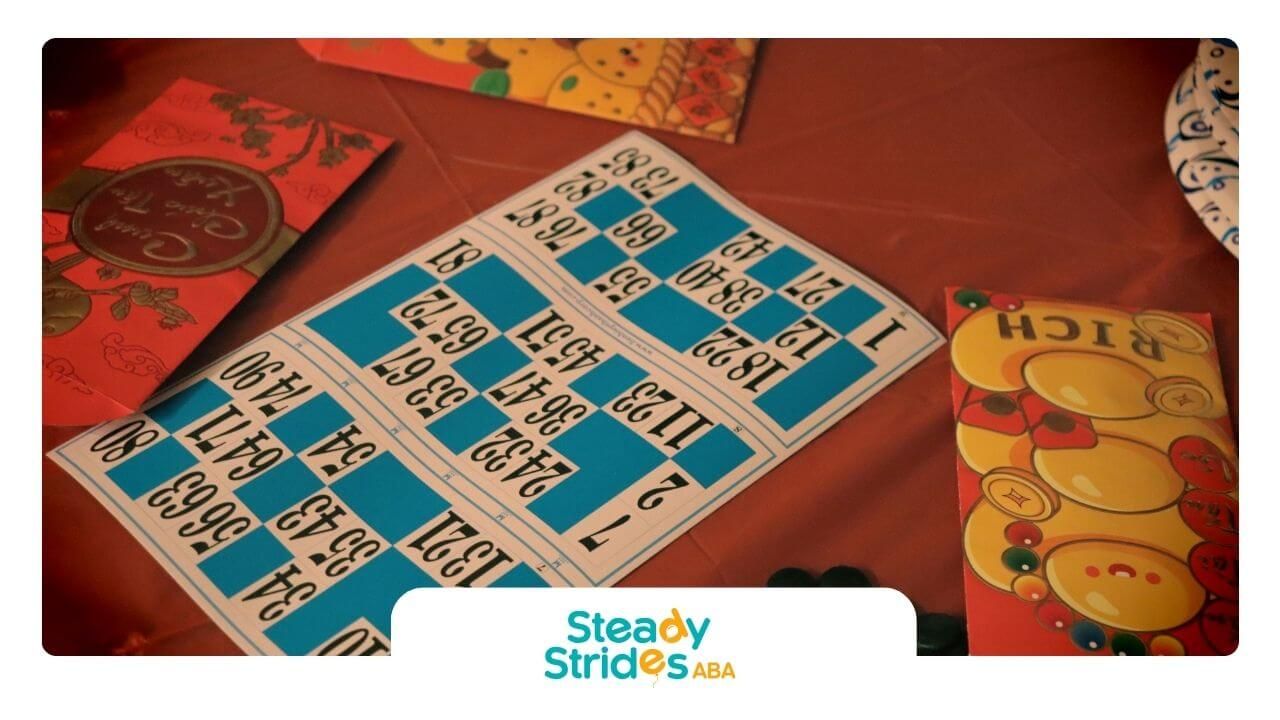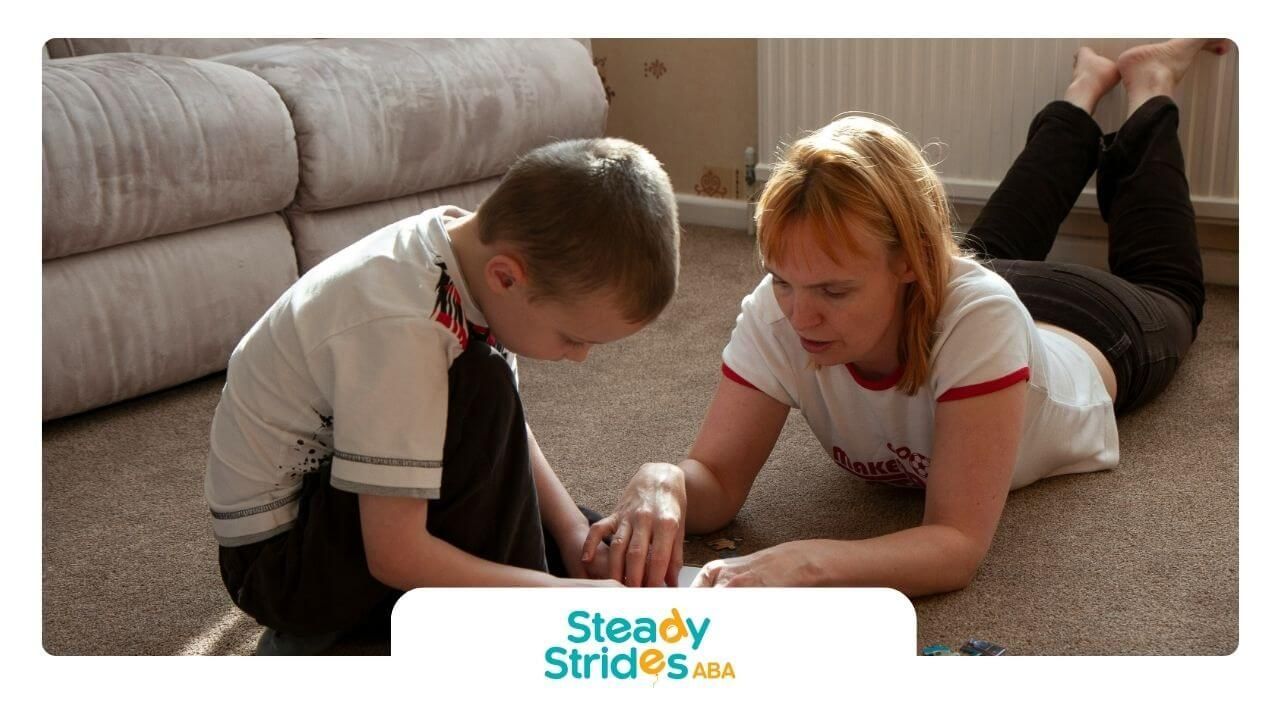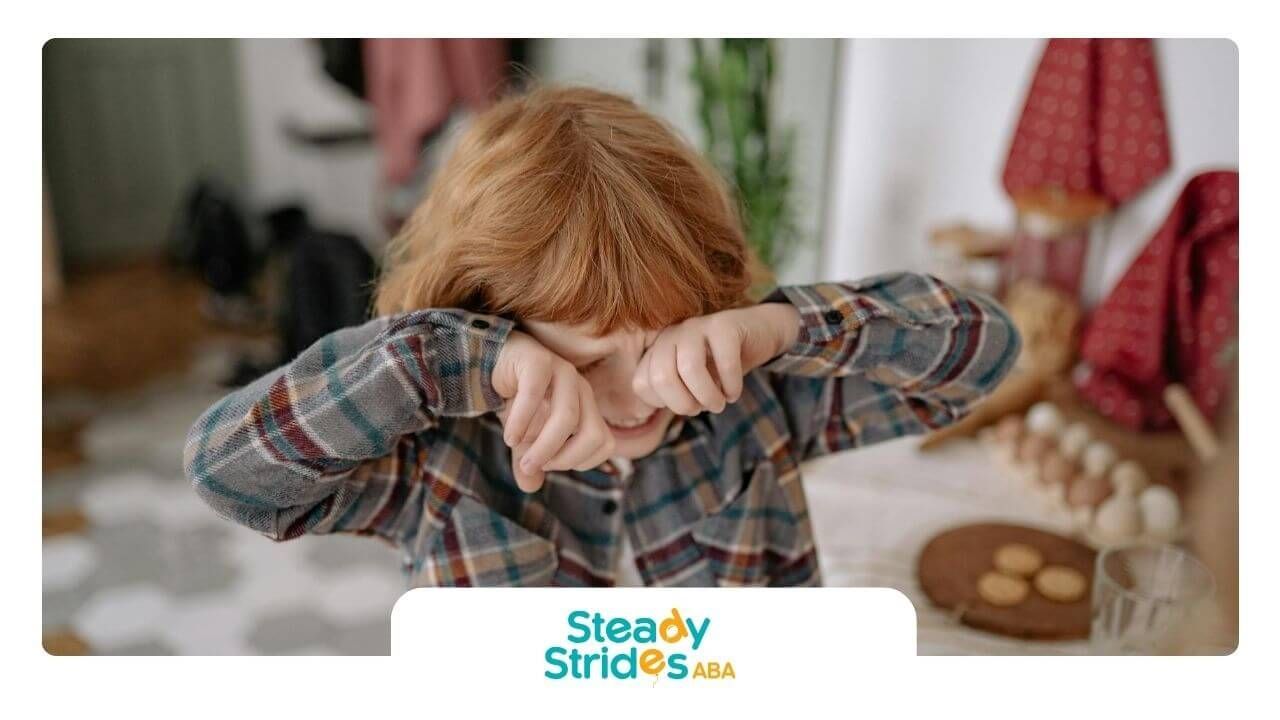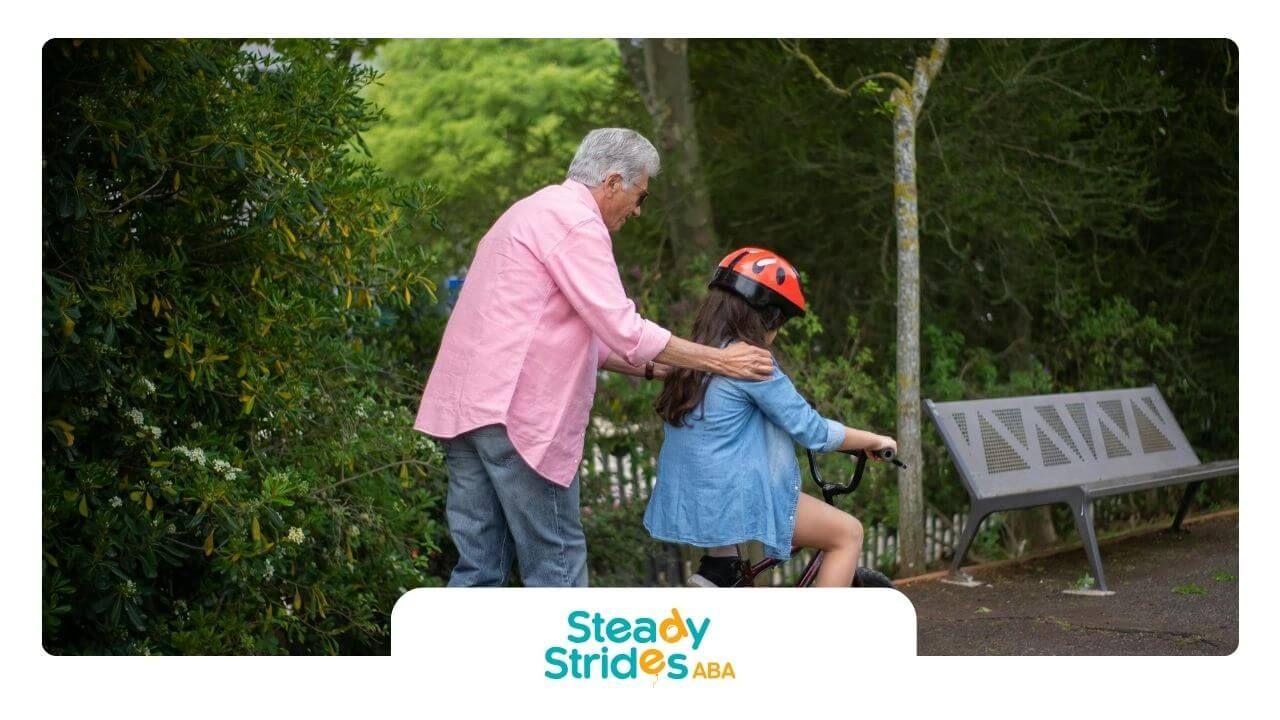Yes, play therapy and Applied Behavior Analysis (ABA) therapy can definitely be combined. In fact, when used together, they offer a powerful and well-rounded approach for children, especially those with developmental or behavioral challenges.
Each therapy has its own strengths, and together, they can create a more engaging and effective treatment plan.
How Play Therapy and ABA Therapy Work Together
Play therapy helps children express themselves through play. It’s a creative, fun way to address emotional and social issues. ABA therapy, on the other hand, is focused on teaching specific behaviors using positive reinforcement.
When combined, these therapies complement each other. Play therapy makes ABA therapy more enjoyable by using games and toys to teach new skills. This helps keep kids engaged and motivated.
At the same time, ABA provides structure and clear goals, helping children learn valuable behaviors in a supportive setting.
Benefits of Combining Play Therapy and ABA Therapy
- Increased Engagement: Play therapy reduces anxiety and keeps kids interested, making therapy sessions feel less like a chore.
- Better Skill Development: While ABA focuses on teaching specific behaviors, play therapy works on improving social and emotional skills.
- Tailored Approach: Combining the two therapies allows for a personalized treatment plan that meets the unique needs of each child.
If you’re looking for ABA therapy that’s personalized to your child’s needs, Steady Strides ABA is here to help. We offer a range of services across Texas and New Mexico to support your child’s growth, whether at home, school, or in our center.
Contact us today to learn how we can support your child’s progress!
FAQs
What’s the difference between play therapy and ABA therapy?
Play therapy helps children express themselves through play, while ABA therapy focuses on teaching specific behaviors using structured techniques and positive reinforcement.
Can play therapy help children with autism?
Yes! Play therapy can help children with autism improve social and emotional skills, and it works well alongside ABA therapy.
How soon can I see results from ABA therapy?
Results can vary, but many children start showing progress within a few months when therapy is personalized to their needs.
Sources:
- https://www.psychologytoday.com/us/therapy-types/play-therapy
- https://pmc.ncbi.nlm.nih.gov/articles/PMC8812369/
- https://gsehd.gwu.edu/child-centered-play-therapy
- https://www.thechicagoschool.edu/insight/psychology/natural-environment-training-vs-play-therapy/
- https://my.clevelandclinic.org/health/treatments/25197-applied-behavior-analysis




